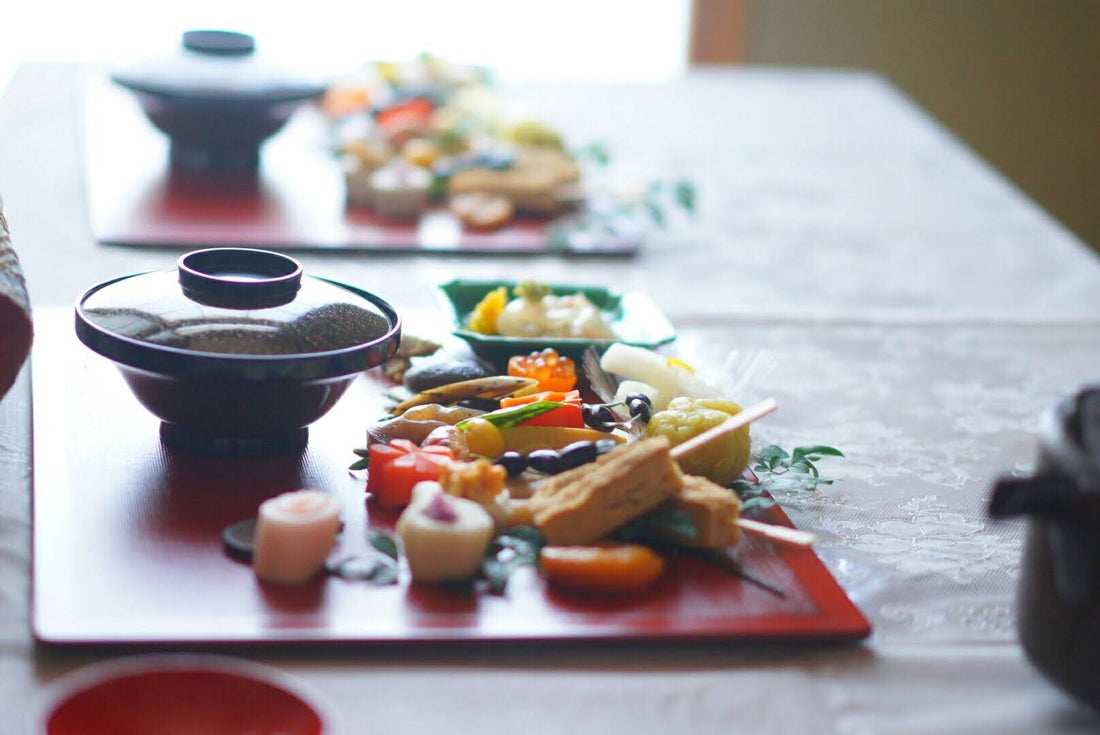
Hatsugama: The First Tea Ceremony of the Year in Japan Explained
Share
The First Tea Ceremony of the Year: Hatsugama
Hatsugama, or the first tea ceremony of the year, is a special event that marks the beginning of the new year in the world of Japanese tea ceremony. This traditional gathering holds great significance for tea enthusiasts and practitioners alike.
The Meaning and Origin of Hatsugama
The term "Hatsugama" literally means "first kettle," referring to the first time the kettle is used in the new year. It uses "wakamizu" or "young water" drawn early on New Year's Day, emphasizing the pure and fresh start of the year.When is Hatsugama Held?
While traditionally held around January 10th, Hatsugama can be conducted anytime from just after the first three days of the new year until the end of January.The Flow of Hatsugama
- Entering the Tea Room: Guests enter the tea room, led by the main guest.
- First Charcoal: Guests observe as the host adds charcoal to the brazier.
- Kaiseki: A light meal is served.
- Koicha: The thick tea, which is the highlight of Hatsugama, is prepared and served.
Etiquette and Points to Remember
- Formal attire is typically required.
- Pay close attention to the scroll, flowers, and tea utensils.
- Follow the lead of the main guest for appropriate timing and actions.
